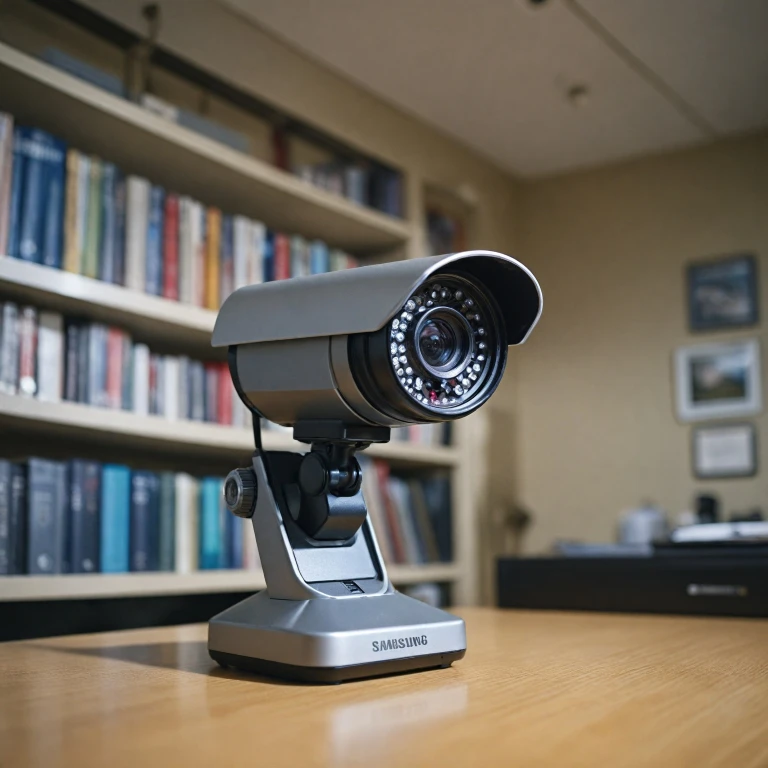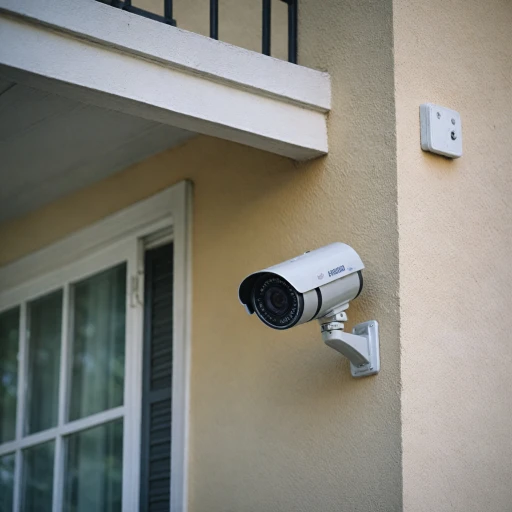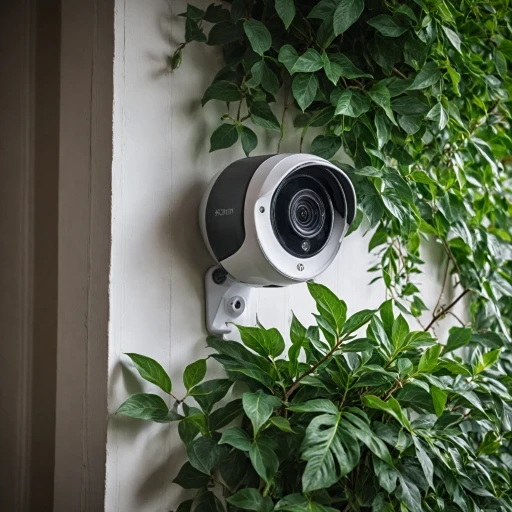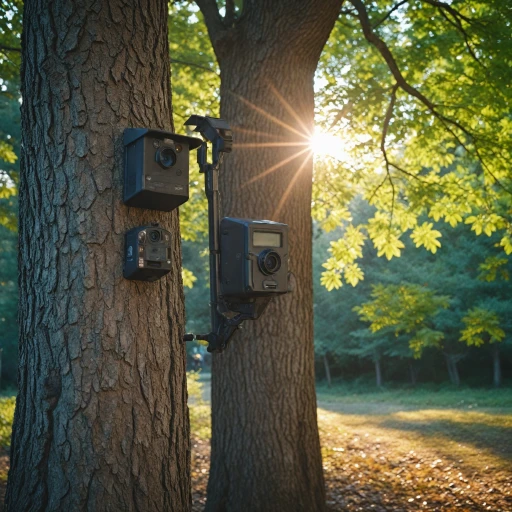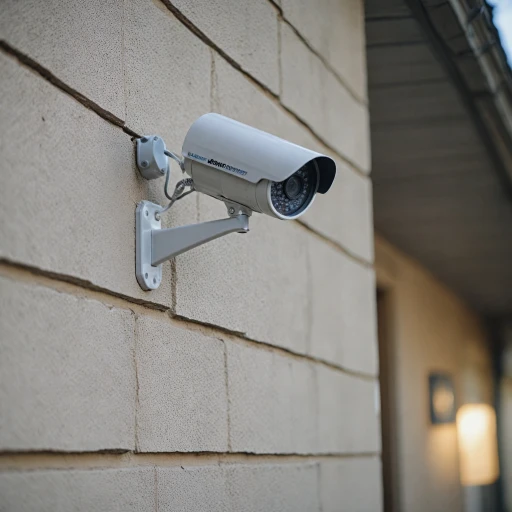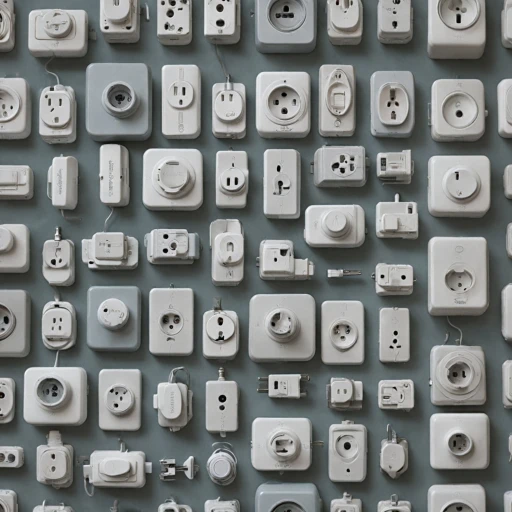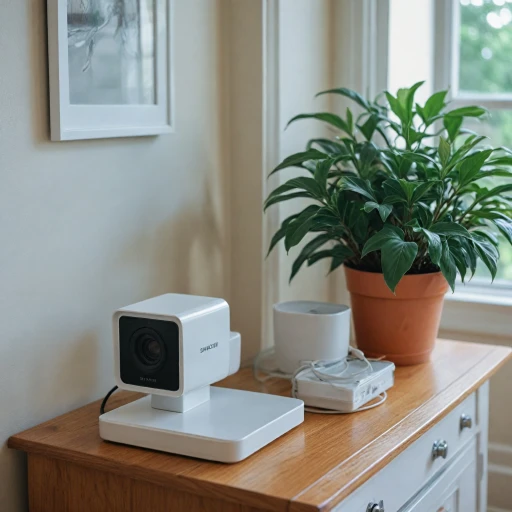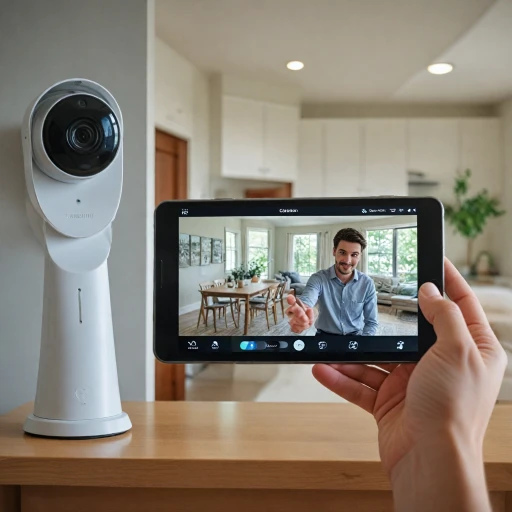
The Basics of Security Camera Hard Drives
The Significance of Storage in Video Surveillance
Understanding the role of hard drives in security cameras is crucial for maintaining an efficient surveillance system. Hard drives act as the primary storage medium for recording video footage captured by security cameras. Unlike other storage options, such as cloud storage, hard drives offer a localized and possibly more secure means of preserving video data.
When it comes to security systems, internal drives are a central component of DVR (Digital Video Recorder) and NVR (Network Video Recorder) setups, effectively becoming the heart of your video storage solution. These storage devices must not only be durable but also capacious enough to accommodate a high definition feed across potentially multiple security cameras within a channel DVR setting.
One popular choice for this purpose is the Western Digital Purple Surveillance drives, specifically designed to meet the demands of continuous recording systems. With features such as SATA cache for enhanced performance and high RPM class for efficient data processing, these HDDs (hard disk drives) ensure that surveillance storage is both reliable and robust.
As you consider system storage for security, it’s essential to match the specifications of your drive to the operational requirements of your setup, a topic further explored in other parts of this series. For advice on how to expand your system’s capabilities, consider learning about choosing the right SD card for your setup here.
Choosing the Right Hard Drive for Your Security System
Selecting an Ideal Storage Solution for Your Surveillance Needs
When configuring a security system, choosing the appropriate hard drive can significantly impact your system's efficiency and overall performance. With the abundance of options, it's crucial to make an informed choice tailored to your storage requirements and surveillance goals.
Firstly, determine the amount of video data that needs storage. Higher resolution cameras, like those offering high-definition, will naturally demand more storage capacity. For systems with multiple cameras, a channel DVR or NVR setup might be ideal, necessitating a hard drive with substantial capacity and reliability.
Internal hard drives such as Western Digital Purple drives are well-regarded in the surveillance industry. Designed specifically for surveillance systems, these drives boast a range of features, including optimized workload rating, low power consumption, and high durability, making them a staple in robust surveillance setups.
Consider the rotation speed and RPM class of the drive. While higher RPM drives might seem faster, for surveillance, the focus should be on sustained transfer rates, allowing seamless recording and playback functionality. Purple surveillance drives often incorporate these specifications, providing a balance between speed and reliability.
If your security setup requires sharing video feeds across multiple devices or locations, incorporating a Network Attached Storage (NAS) device can be beneficial. This allows for centralized data management and ensures that the surveillance footage is readily accessible without compromising security or performance.
System hard drive capacity is another critical factor. Depending on the length and quality of the footage to be stored, you might choose drives ranging from a few terabytes to more expansive digital purple options. Check the SATA cache capacities as well, as they play a role in enhancing system responsiveness and streamlining video data processing.
In summary, the right hard drive should align with your overall security objectives, offering the appropriate blend of capacity, reliability, and functionality to meet your surveillance necessities.
Types of Hard Drives Used in Security Cameras
Exploring Different Storage Solutions for Security Cameras
When setting up a security system for your home, choosing the right type of hard drive is essential for ensuring video footage is stored efficiently and reliably. Here, we delve into the various options available for surveillance systems, each with its unique benefits.
The most common type of storage used in security cameras is the Digital Video Recorder (DVR) system, which typically utilizes internal hard drives. These hard drives are often specifically designed for surveillance, such as Western Digital Purple series. These drives are optimized for continuous operation, supporting high data writing loads associated with 24/7 surveillance recording compared to standard desktop hard drives.
Similarly, Network Video Recorder (NVR) systems may employ internal hard drives but can also connect to Network Attached Storage (NAS) devices. An NAS setup allows for higher storage capacities and offers a centralized location for video feeds from multiple cameras, facilitating easier management of recorded footage. This becomes especially handy when handling multiple locations or high definition video files that require extensive sata cache support.
Another component in evaluating hard drive options is their rpm class. Higher RPMs translate to faster read and write speeds, which are crucial for security systems that handle substantial amounts of data. However, it’s also important to keep in mind the noise level, heat generation, and power consumption of the drives that can be affected by the rpm class.
To meet various needs, ensure that you select storage solutions that are tailored to security, like Western Digital Purple drives that offer technologies such as AllFrame AI. These are formatted to handle ongoing video stream interruptions that may occur through video security channels.
For those looking to integrate various security systems, it might be beneficial to explore mounting options that are compatible with different surveillance hardware configurations and complement your system hard setup efficiently.
Impact of Hard Drive Performance on Security Systems
Factors Affecting Hard Drive Performance in Security Systems
When evaluating the performance of hard drives in security systems, several factors come into play. The drive speed, often measured in rotations per minute (RPM), is a significant determinant. A higher RPM class means quicker data access, essential for high-definition surveillance cameras, which produce large amounts of data.
Storage capacity is another crucial factor. Security camera systems, like a channel DVR or NVR, often require substantial storage due to continuous video recording. Western Digital's Purple surveillance hard drives, known for their durability and reliability, are optimized for video streaming.
Utilizing an HDD with a digital purple label can enhance performance. These drives are specifically engineered to handle the demands of modern surveillance systems, efficiently managing read and write operations.
The internal hard drive's compatibility with your system hard specifications influences efficiency. SATA cache can optimize data handling for smoother video playback and recording.
For those looking to extend their storage solutions, adding NAS devices to your security setup is a practical option. This can complement your existing system by providing additional storage capacity, crucial for large surveillance setups.
Ultimately, ensuring optimal hard drive performance in your security system involves selecting the right drive and understanding how different specifications affect system functionalities. Regular checks and maintenance also play a vital role in sustaining drive performance and prolonging its lifespan.
Maintaining and Upgrading Your Security Camera Hard Drive
Essential Maintenance for Longevity
To ensure the longevity and optimal performance of your surveillance hard drive, regular maintenance is crucial. Security cameras equipped with digital systems rely on hard drives to store video footage, making them a pivotal component of any surveillance setup. Over time, drives can accumulate fragmented data, leading to slower performance and potential storage issues. To mitigate this, consider performing routine checks on your hard drive's health and capacity.
Upgrade with Purpose
As technology evolves, upgrading your internal hard drive can enhance your security system's functionality. Whether you're using a network video recorder (NVR) or a digital video recorder (DVR), choosing the right upgrade is essential. Western Digital offers Purple surveillance drives designed specifically for high-definition security cameras. These drives come equipped with features like increased RPM class and large SATA cache, thus optimizing storage for high-definition video.
Maximizing Storage Efficiency
Maximizing storage efficiency means not only investing in large-capacity digital purple drives but also deploying them effectively in your surveillance systems. For multi-camera setups, consider a NAS system to centralize storage or a channel DVR for efficient video management. An internal hard drive upgrade can add to your storage capacity, allowing more days of video retention without compromising system performance. Western Digital's purple series, including models like the dhwd purz, is renowned for reliability and efficiency in security systems.
Preventive Measures and Repairs
In addition to upgrading, preventive measures play a vital role in avoiding potential failures. Ensure that your security cameras' hard drives are adequately cooled, and always opt for storage solutions designed for surveillance purposes. If issues arise, troubleshooting often involves checking drive compatibility with your surveillance system or examining bandwidth and video quality settings. When it comes to repairs, replacing failing drives is sometimes more cost-effective than attempting repair, especially with internal hard drive prices becoming increasingly accessible.
Troubleshooting Common Hard Drive Issues in Security Cameras
Troubleshooting Hard Drive Concerns in Security Systems
Navigating hard drive issues within surveillance systems can be challenging, but understanding common problems and solutions can keep your security network running smoothly. Effective troubleshooting is crucial for maintaining video storage efficiency and maximizing your investment. Here are some typical concerns and steps to address them:- Camera Not Recording Properly: If your security cameras are not recording video, first check the connection between the cameras and the digital video recorder (DVR) or network video recorder (NVR). Ensure the hard drive is securely connected and powered. An internal hard drive like the Western Digital Purple series is designed for surveillance and may reduce such incidents.
- Drive Not Recognized by System: When the system fails to identify the internal hard drive, examine the SATA cable connections. The RPM class and sata cache should match the speed requirements of your system. Make sure the DVR or NVR firmware is up to date to support newer HDD models.
- Storage Space Full: Surveillance systems often face storage capacity limitations. Consider upgrading to a higher capacity drive or adding network-attached storage (NAS) to expand your digital storage pool. Regularly reviewing and purging old or irrelevant footage can also free up space. For high definition video streams, ensure your drive can handle the volume.
- Poor Video Quality: If the recorded video quality is subpar, check if the storage drive is compatible with high definition recording and the storage system's specifications. Disk performance issues can result from an incompatibility with the RPM class or insufficient digital purple specifications.
- System Crashes or Freezes: Drive security can impact system stability. A failing hard drive, often detected by unusual noises or slow performance, may cause crashes. Replacing it with a reliable surveillance hard drive can resolve these issues. Consider Western Digital's DHWD PURZ models, which are engineered for long-term use in surveillance applications.

